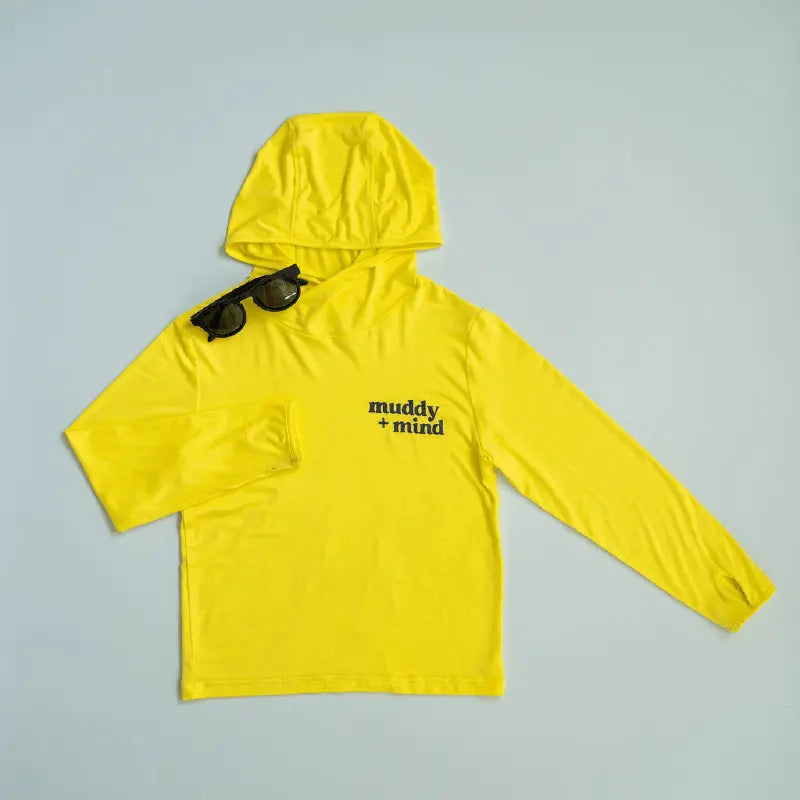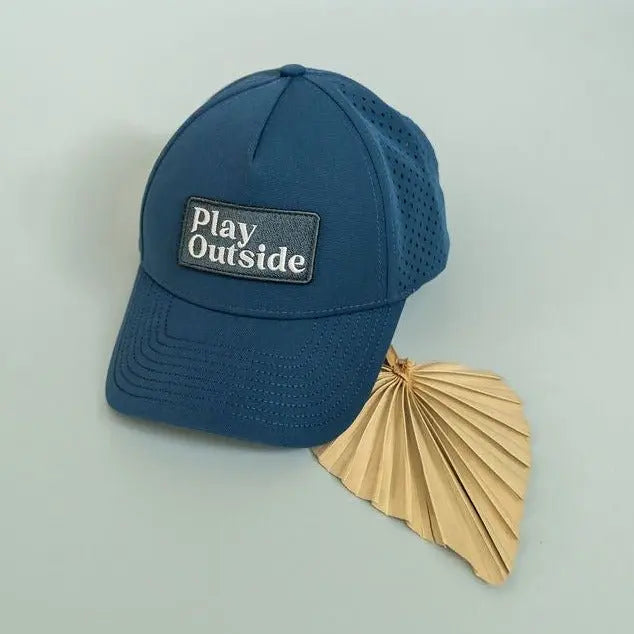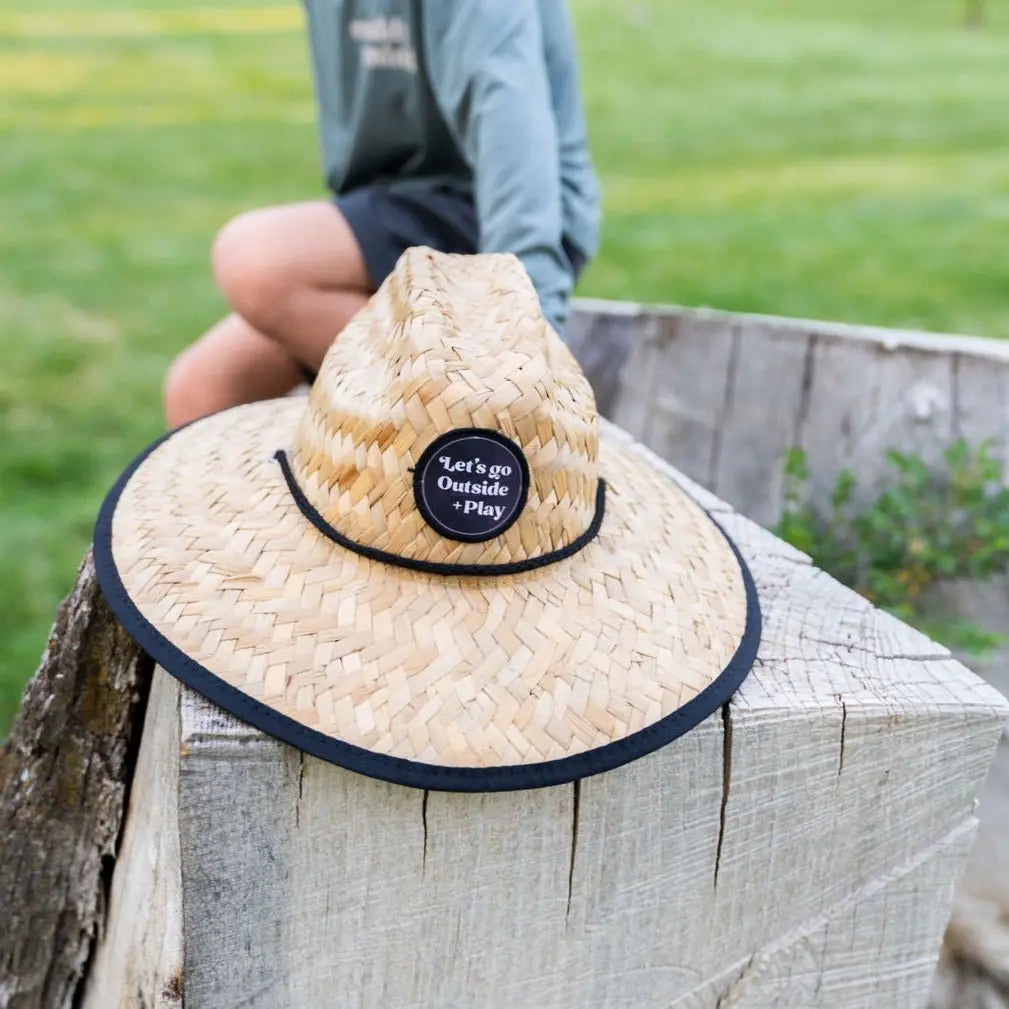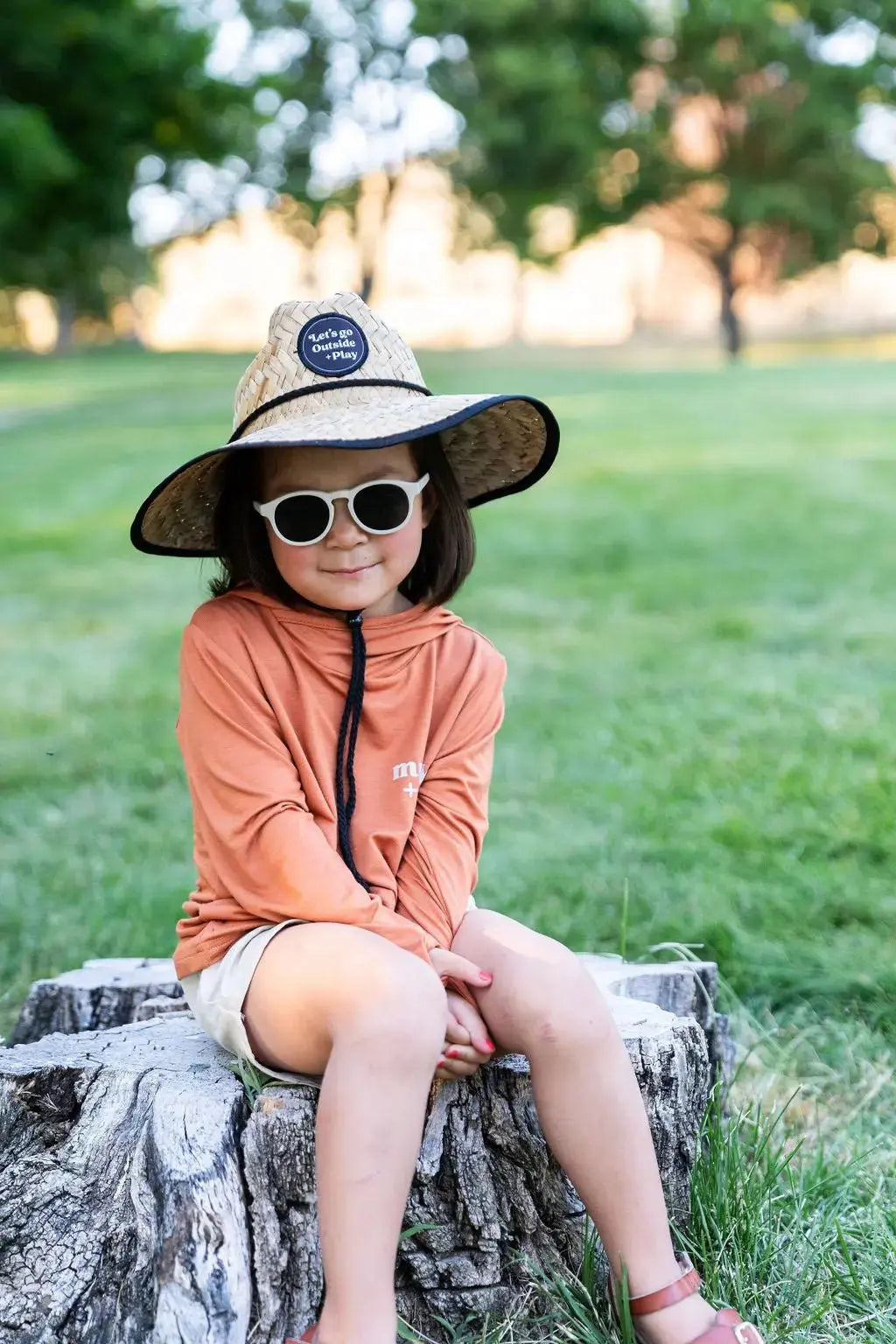Up to 30% off on ONE shirts and Rash guards when you get one for you and one for your little one to match. Automatically applies at checkout.

Bug & Tick Protection for Kids: Safe & Effective Solutions
Bug & Tick Protection for Kids: Safe & Effective Solutions
Spending time outdoors is one of the best things kids can do for their health and development, but bugs and ticks can put a damper on the fun. Keeping kids safe from insect bites doesn’t have to mean using harsh chemicals. Here’s how to protect your little explorers naturally and effectively while enjoying the great outdoors.
Why Bug & Tick Protection Matters
Mosquitoes, ticks, and other insects aren’t just annoying—they can carry diseases like Lyme disease, West Nile virus, and other infections. Preventing bites is the best way to ensure your child stays safe while playing outside.
Kid-Safe Bug Sprays & Natural Repellents
Many commercial bug sprays contain DEET, which is effective and should be #1, but can be too strong for young children, especially those with sensitive skin. Here are some alternatives:
- Oil of Lemon Eucalyptus (OLE): A CDC-recommended natural alternative to DEET, providing long-lasting protection.
- Picaridin: A synthetic compound derived from plants, offering a less greasy and odor-free alternative to DEET.
- Essential Oils: Citronella, lavender, and peppermint oils can act as mild bug deterrents but need frequent reapplication.
- DIY Bug Spray: Mix witch hazel, water, and a few drops of lemon eucalyptus oil for a homemade repellent.
💡 Pro Tip: Always do a patch test before using essential oils on kids to ensure no allergic reactions.
Check out Guineas Tick repellent socks for a great layer of defense.
Preventing Tick Bites: Best Practices
Ticks are common in wooded areas, grassy fields, and even backyards. Preventing bites is key to reducing the risk of Lyme disease and other tick-borne illnesses.
How to Prevent Ticks on Kids:
✅ Dress smart – Light-colored clothing makes ticks easier to spot. Long sleeves and pants tucked into socks create a barrier. Our bamboo sun shirt is a comfy, breathable option that adds extra coverage without feeling heavy.
✅ Use a safe repellent – Apply bug spray with OLE or picaridin on clothes and exposed skin.
✅ Avoid tick-prone areas – Stay on trails and avoid tall grass and leaf piles.
✅ Perform daily tick checks – Always check behind ears, on the scalp, under arms, and around the waist after outdoor play.
✅ Shower after outdoor activities – Washing off any unattached ticks within two hours can help prevent bites.
Learn more about tick prevention tips from the CDC.
Home & Outdoor Strategies to Keep Bugs Away
Beyond repellents, there are other ways to minimize bug exposure in your backyard and campsite:
🏡 In Your Backyard:
- Remove standing water to prevent mosquito breeding.
- Keep grass short and clear brush around play areas.
- Use fans on patios—mosquitoes hate strong breezes!
⛺ At the Campsite:
- Set up camp away from standing water.
- Use permethrin-treated tents and gear.
- Burn citronella candles to deter insects.
What to Do If Your Child Gets a Bug or Tick Bite
For Bug Bites:
- Apply a cold compress to reduce swelling.
- Use an anti-itch cream or aloe vera to soothe irritation.
- Keep nails short to prevent scratching and infection.
For Tick Bites:
- Remove the tick using fine-tipped tweezers, pulling straight out without twisting.
- Clean the area with soap and water.
- Watch for signs of Lyme disease (rash, fever, fatigue) and contact a doctor if symptoms appear.
💡 Pro Tip: Save the tick in a sealed bag for identification if needed.
Final Thoughts: Keep the Adventure Bug-Free!
With the right precautions, kids can safely enjoy the outdoors without worrying about bug bites or ticks. Using natural repellents, dressing appropriately, and maintaining a tick-check routine can make all the difference. So go ahead—get outside and explore, knowing your little ones are protected!
For more outdoor safety tips and gear recommendations, visit our Play Outside blog.














